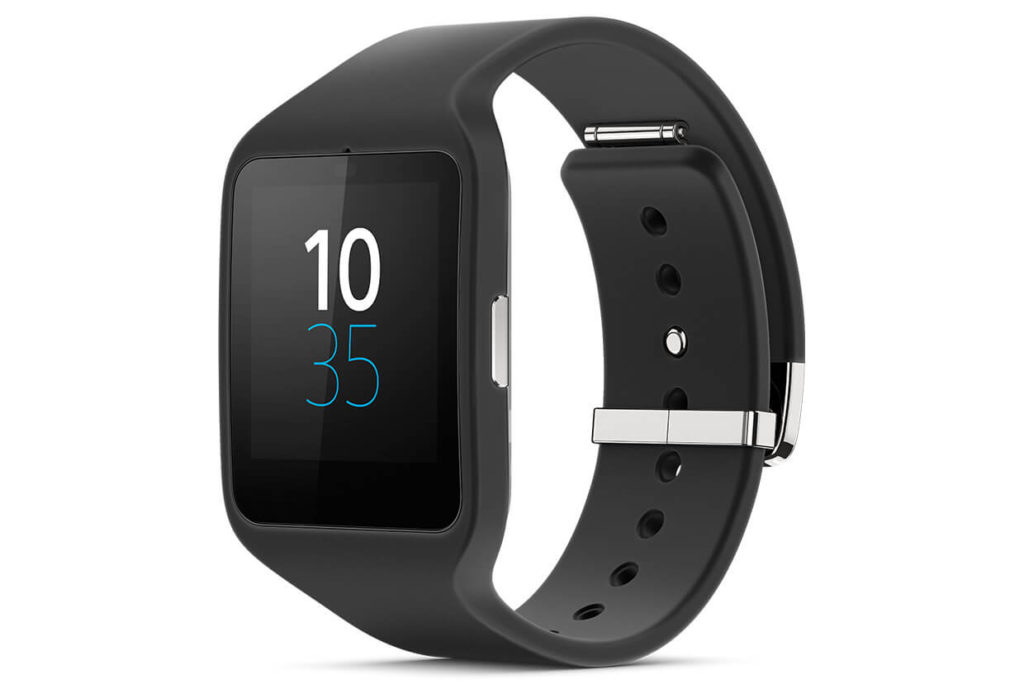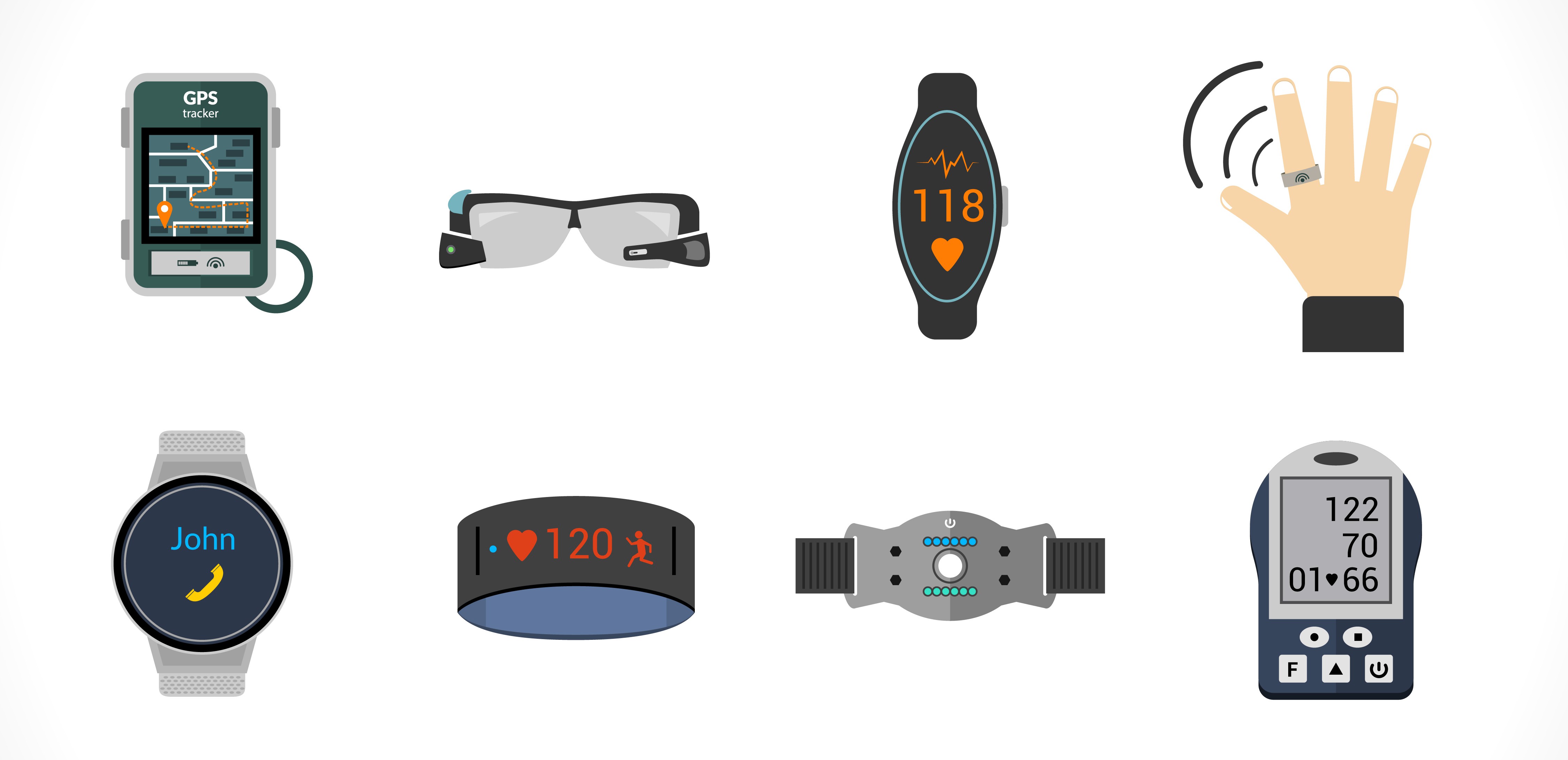Wearable Gadgets: Revolutionizing Technology and Transforming Lives
Wearable gadgets, the epitome of technological innovation, are transforming our lives with their myriad applications and capabilities. From smartwatches that monitor our health to virtual reality headsets that transport us to new worlds, these devices are blurring the lines between the physical and digital realms.
These remarkable gadgets offer a plethora of benefits, including convenience, connectivity, and personalized experiences. However, they also present challenges in terms of privacy, security, and ethical considerations. As we delve into the fascinating world of wearable gadgets, we will explore their types, applications, design considerations, and future trends.
Overview of Wearable Gadgets
Wearable gadgets are electronic devices designed to be worn on the body. They come in various forms, including smartwatches, fitness trackers, and augmented reality glasses. These gadgets are equipped with sensors and connectivity features that allow them to track health metrics, provide notifications, and offer other functionalities.
Benefits of Wearable Gadgets
- Convenience: Wearable gadgets provide easy access to information and functionality without the need to carry a smartphone or other device.
- Health monitoring: Fitness trackers and smartwatches can track steps taken, calories burned, and other health metrics, helping users stay active and monitor their well-being.
- Notifications and alerts: Wearable gadgets can display notifications for calls, messages, and other events, ensuring users stay connected without constantly checking their phones.
- Navigation and assistance: Some wearable gadgets offer navigation features and voice assistants, providing hands-free guidance and information.
Limitations of Wearable Gadgets
- Battery life: Wearable gadgets typically have limited battery life, requiring frequent charging.
- Cost: Some wearable gadgets can be expensive, especially those with advanced features.
- Privacy concerns: Wearable gadgets collect personal data, which raises privacy concerns for some users.
- Compatibility: Wearable gadgets may not be compatible with all smartphones or operating systems.
Types of Wearable Gadgets

Wearable gadgets come in a variety of types, each with its own unique features and use cases. Some of the most common types of wearable gadgets include:
Smartwatches
Smartwatches are wrist-worn devices that offer a range of features, including the ability to track fitness, receive notifications, and control music. Some smartwatches also have built-in GPS, allowing users to track their location and distance traveled.
Fitness Trackers
Fitness trackers are worn on the wrist or ankle and are designed to track a variety of health metrics, such as steps taken, calories burned, and heart rate. Some fitness trackers also have built-in GPS, allowing users to track their location and distance traveled.
AR/VR Headsets
AR/VR headsets are worn on the head and provide users with an immersive experience. AR headsets overlay digital information onto the real world, while VR headsets create a completely virtual environment. AR/VR headsets are used for a variety of purposes, including gaming, education, and training.
Smart Clothing
Smart clothing is clothing that has been embedded with technology. Smart clothing can track a variety of health metrics, such as heart rate, respiration, and body temperature. Some smart clothing also has built-in GPS, allowing users to track their location and distance traveled.
Applications of Wearable Gadgets
Wearable gadgets have found applications in a wide range of industries, transforming various aspects of our lives. They have become essential tools in healthcare, fitness, entertainment, and communication, among other sectors.
Healthcare
Wearable gadgets have revolutionized healthcare by providing real-time monitoring and insights into our health. Fitness trackers and smartwatches monitor vital signs such as heart rate, blood pressure, and sleep patterns, allowing individuals to track their overall health and fitness levels.
Wearable devices can also detect and alert users to potential health issues, such as irregular heartbeats or low blood oxygen levels.
Fitness
Wearable gadgets have become indispensable for fitness enthusiasts and athletes. Fitness trackers and smartwatches accurately track steps, calories burned, and distance covered during workouts. They provide detailed insights into workout performance, helping users optimize their fitness routines and achieve their goals.
Entertainment
Wearable gadgets have transformed the entertainment industry by providing immersive and interactive experiences. Smart glasses and augmented reality headsets enable users to access virtual worlds, play games, and consume media in a completely new way. Wearable gadgets also enhance the experience of live events, providing real-time updates, behind-the-scenes content, and interactive features.
Communication, Wearable gadgets
Wearable gadgets have simplified and enhanced communication. Smartwatches and fitness trackers allow users to receive notifications, make calls, and send messages without having to take out their phones. These devices also enable hands-free communication, making it easier to stay connected while on the go or engaged in other activities.
Design Considerations for Wearable Gadgets
![]()
The design of wearable gadgets plays a crucial role in determining their usability, comfort, and overall appeal. Several key considerations must be taken into account during the design process to ensure that the gadget is functional, comfortable, and aesthetically pleasing.
One of the most important design considerations is the size and weight of the gadget. Wearable devices should be small and lightweight enough to be worn comfortably for extended periods without causing discomfort or fatigue. The size and weight should also be appropriate for the intended use case.
For example, a fitness tracker may need to be smaller and lighter than a smartwatch.
Another important consideration is comfort. The gadget should be designed to fit snugly and securely on the body without causing any irritation or discomfort. The materials used should be soft and breathable, and the design should minimize pressure points. The gadget should also be designed to accommodate different body shapes and sizes.
Durability is another important design consideration. Wearable gadgets are often exposed to harsh conditions, such as sweat, dust, and water. The gadget should be designed to withstand these conditions without damage. The materials used should be durable and resistant to wear and tear.
The gadget should also be designed to protect the internal components from damage.
In addition to these functional considerations, the design of wearable gadgets should also take into account user experience and aesthetics. The gadget should be easy to use and navigate. The user interface should be intuitive and user-friendly. The gadget should also be aesthetically pleasing and complement the user’s personal style.
User Experience and Aesthetics
User experience and aesthetics are two important considerations in the design of wearable gadgets. The gadget should be easy to use and navigate. The user interface should be intuitive and user-friendly. The gadget should also be aesthetically pleasing and complement the user’s personal style.
To ensure a good user experience, the gadget should be designed with the user in mind. The designer should consider the user’s needs and preferences, and design the gadget accordingly. The gadget should be easy to put on and take off, and it should be comfortable to wear for extended periods.
The aesthetics of the gadget are also important. The gadget should be visually appealing and complement the user’s personal style. The designer should consider the color, shape, and materials used in the design of the gadget.
Future Trends in Wearable Gadgets

The wearable gadget market is constantly evolving, with new trends emerging all the time. These trends are being driven by a number of factors, including the increasing popularity of wearable technology, the development of new technologies, and the changing needs of consumers.
One of the most significant trends in the wearable gadget market is the increasing popularity of health and fitness trackers. These devices can track a variety of metrics, such as steps taken, calories burned, and heart rate. They can also be used to monitor sleep patterns and provide insights into overall health and fitness.
Another major trend in the wearable gadget market is the development of smartwatches. These devices can do everything that a traditional watch can do, plus they can also run apps, receive notifications, and make payments. Smartwatches are becoming increasingly popular as they offer a convenient way to stay connected and access information without having to take out your phone.
The future of wearable technology is bright. As the technology continues to develop, we can expect to see even more innovative and useful wearable gadgets emerge. These devices have the potential to change the way we live, work, and play.
Artificial Intelligence (AI)
Artificial intelligence (AI) is being used to develop new and innovative wearable gadgets. AI can be used to improve the accuracy of health and fitness trackers, personalize the user experience, and develop new applications for wearable devices.
For example, AI can be used to develop wearable devices that can track emotions, monitor blood sugar levels, and even diagnose diseases. AI can also be used to develop wearable devices that are more personalized to the individual user. These devices can learn the user’s preferences and habits, and provide them with tailored information and recommendations.
Augmented Reality (AR)
Augmented reality (AR) is another technology that is being used to develop new wearable gadgets. AR can be used to overlay digital information onto the real world, creating a more immersive and interactive experience for the user.
For example, AR can be used to develop wearable devices that can provide turn-by-turn directions, display information about nearby landmarks, and even translate languages in real time. AR can also be used to develop wearable devices that can be used for gaming, education, and training.
Last Point
Wearable gadgets are not just technological marvels; they are catalysts for personal empowerment and societal transformation. By seamlessly integrating with our daily lives, they empower us to live healthier, more connected, and more fulfilling lives. As the wearable gadget market continues to evolve, we can expect even more groundbreaking innovations that will shape the future of technology and human interaction.
Expert Answers
What are the most common types of wearable gadgets?
Smartwatches, fitness trackers, augmented reality/virtual reality headsets, and smart clothing are among the most prevalent types of wearable gadgets.
How do wearable gadgets benefit healthcare?
Wearable gadgets can monitor vital signs, track sleep patterns, and provide early detection of health issues, empowering individuals to take proactive steps towards their well-being.
What are the key design considerations for wearable gadgets?
Size, weight, comfort, durability, user experience, and aesthetics are crucial design considerations for wearable gadgets.
What are the emerging trends in the wearable gadget market?
Miniaturization, integration with artificial intelligence, and the development of flexible and stretchable materials are among the key emerging trends in the wearable gadget market.